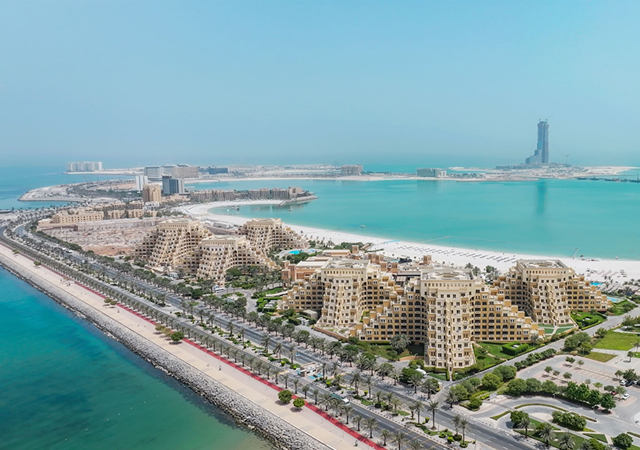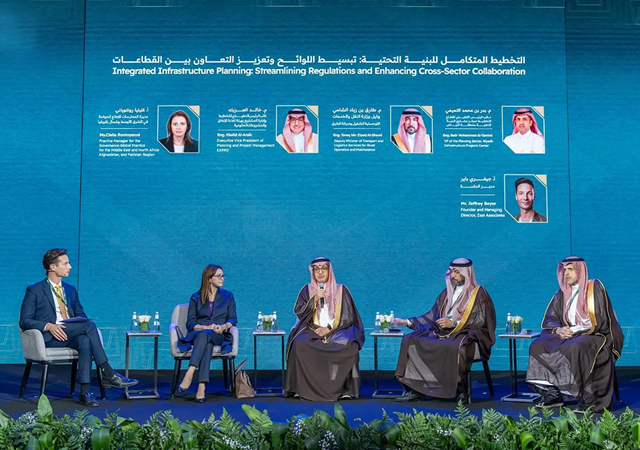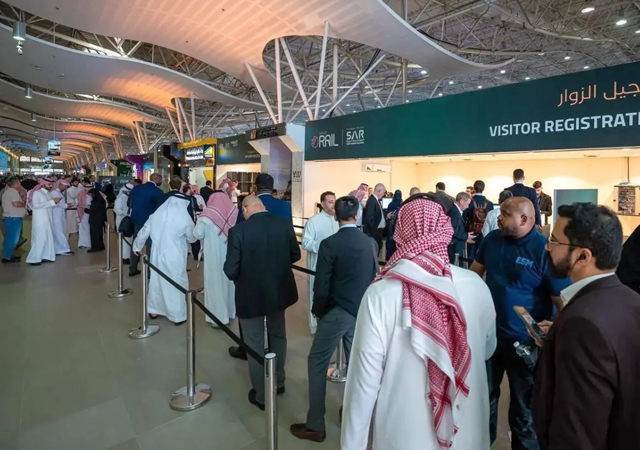
 GTX cogeneration plant ... carbon savings of 300,000 tpy.
GTX cogeneration plant ... carbon savings of 300,000 tpy.
DUBAI Aluminium Company (Dubal) has embarked upon a number of environmental protection initiatives that will see it emerge not only as a leading producer of aluminium but also a trendsetting facility that is designed to minimise its carbon footprint.
As a clear leader in this field in the Middle East and in line with the United Nations Framework for Climate Change Convention (UNFCC) Kyoto Protocol, Dubal has already registered an initiative to reduce emission levels of perfluorocarbons (PFCs) as a clean development mechanism (CDM) project.
The state-owned enterprise, whose one million tonnes per year (tpy) primary aluminium smelter at Jebel Ali is one of the largest single-site operations in the world, is working with various environment organisations to raise awareness about climate change and carbon emission.
As a member of Dubai’s Supreme Council of Energy (SCE), Dubal is working closely with carbon project originators – especially Dubai Carbon Center of Excellence (DCCE) – to identify suitable platforms to reduce the financial liability upon the end-user of high-efficiency upgrades. The DCCE will assist the SCE in consolidating programme activities to avail carbon credits to ensure financial additionality of such initiatives and projects.
Dubal is, in fact, working closely with the DCCE on several CDM projects, five of which featured at the latter’s first consultative event in May this year. These comprise:
• Regenerative burners (RBs) in melting furnaces: Five melting furnaces installed in Dubal’s casting operations are conventional cold air burners. Regenerative burners – where two burners operate in pairs (one is firing while the other exhausts) – were installed on one of the melting furnaces for trial purposes and achieved a fuel saving of between 40 per cent and 50 per cent. The project will install RBs in the remaining furnaces, with the potential to save 12,500 tonnes of carbon dioxide (CO2) emissions per year.
• D18 enhancement: By converting Dubal’s existing D18 technology cells using enhanced technologies, the cells operate at higher energy efficiency levels. The total saving of 63 MW equates to 417,850 tonnes of CO2 emission, plus a reduction in PFC emissions that equates to a reduction of 417,850 tonnes of CO2 emissions per year.
• GTX cogeneration plant: This project creates an interface between the GT23, the HRSG23 heat recovery steam generator and three of Dubal’s combined-cycle power plants (CCPPs) – each comprising two gas turbines, two heat recovery steam generators and one steam turbine – to improve the plant’s overall efficiency by utilising the additional capacity of the steam turbines generated at peak load (as opposed to base load). The GTX will also interface with Dubal’s existing desalination plant. The improved efficiency will generate carbon savings of about 300,000 tonnes per year.
• Absorption chillers: The existing electric chillers will be replaced with new-technology absorption chillers to achieve the most efficient energy and utilities consumption by the system. By reducing power consumption, carbon emissions will be reduced by an estimated 50,000 tonnes per year.
• Desalination plant energy optimisation: The aim of this project is to reduce the electrical energy consumption for operating Dubal’s desalination plant (currently about 25 MW) by at least eight per cent to 10 per cent through optimisation of the brine- and seawater pumps. The power savings will reduce carbon emissions by about 8,030 tonnes per year.
These developments are integral to Dubal’s 2015 Carbon Management Strategy (CMS) and implementation plan, formulated in 2009, which has as its overall objective a reduction in the carbon emissions from every aspect of Dubal’s business. This reflects the widely accepted view that CO2 is the most common greenhouse gas (GHG) and that Dubal’s power generation plant accounts for almost 80 per cent of the company’s GHG emissions (primarily as CO2).
Already, combined cycle power systems at Dubal have reduced CO2 emissions marginally (through higher efficiencies and therefore lower consumption of hydrocarbon energy). Reduced distillate usage as an energy source has also made a positive contribution.
Dubal’s CMS and implementation plan outlines how the company will undertake programmes to raise awareness about climate change and carbon emissions; implement systems to measure its emissions; identify carbon reduction and abatement options; and continually improve its own carbon performance.
The DCCE’s first consultative event in May was held with the assistance and support of the United Nations Development Programme (UNDP) and aimed to showcase the immediate carbon abatement projects currently pursued in Dubai. It attracted diverse delegates with a common interest in the project-based CDM, whereby activities resulting in reduced greenhouse gas emissions and thus climate change mitigation earn certified emission reduction (CER) credits for each tonne of reduced CO2 emission; and the credits can be traded and used to raise funds for new green technologies in developing countries.
The CDM projects should also improve local/regional conditions through improvement in air quality and work safety, and boosting local industry and economy, sustainable development and energy efficiency. The DCCE currently has a project pipeline with the capacity to reduce annual emissions by more than 1.7 million tonnes of CO2.




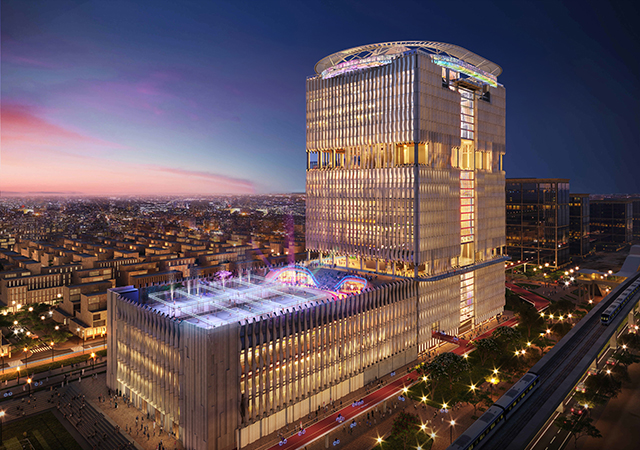



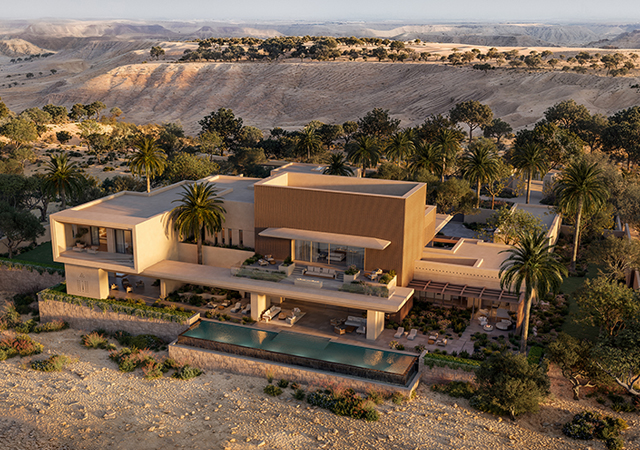
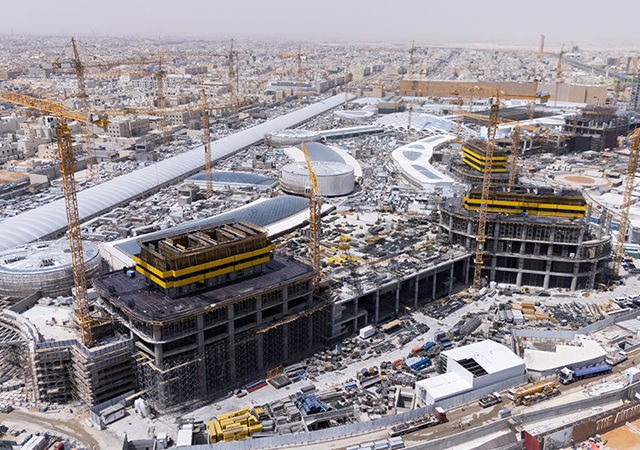
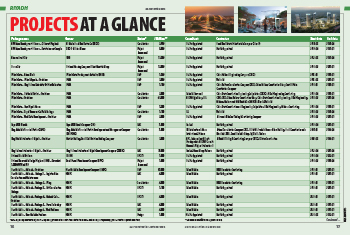
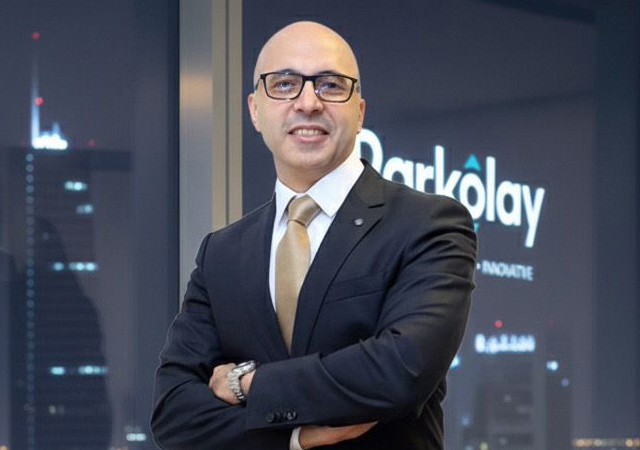


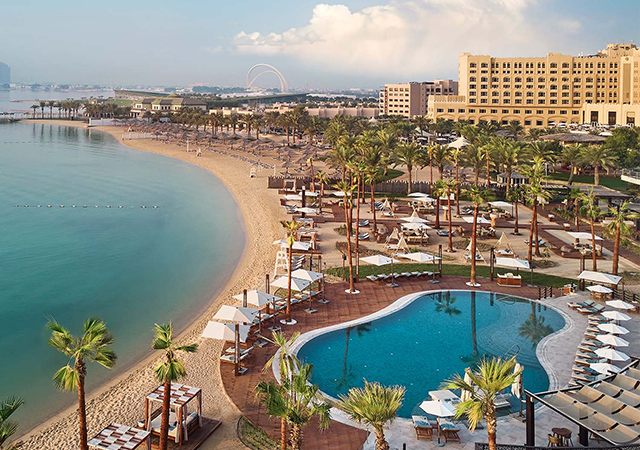
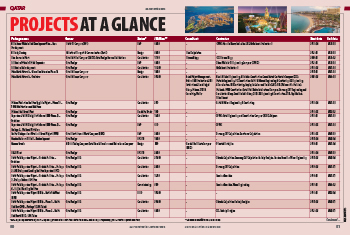
.jpg)
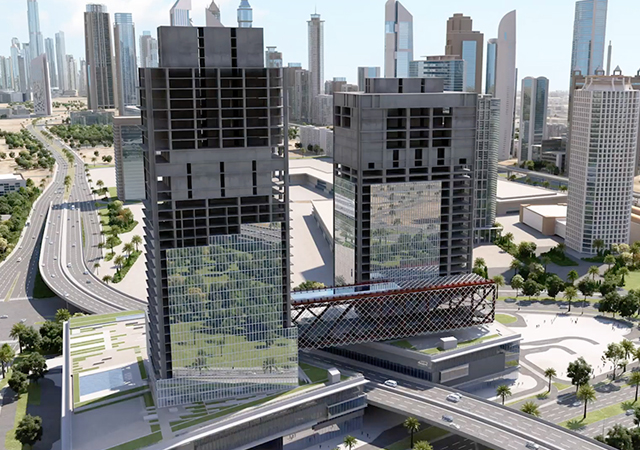

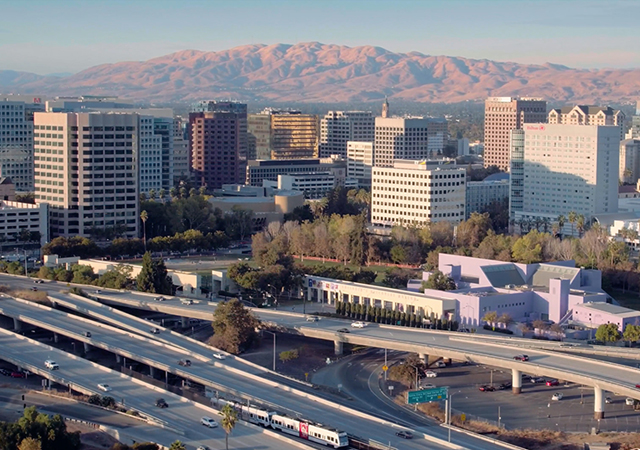


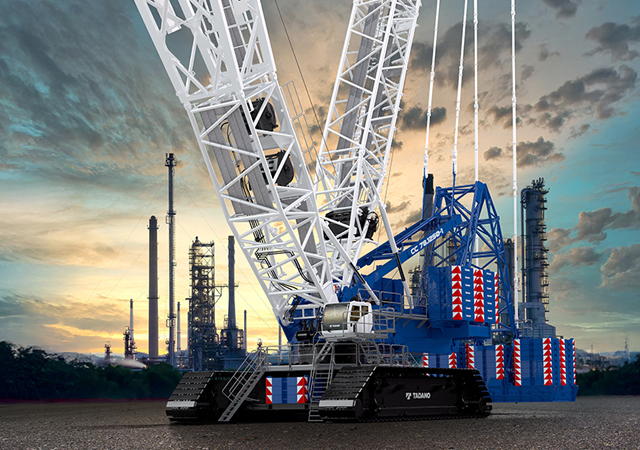
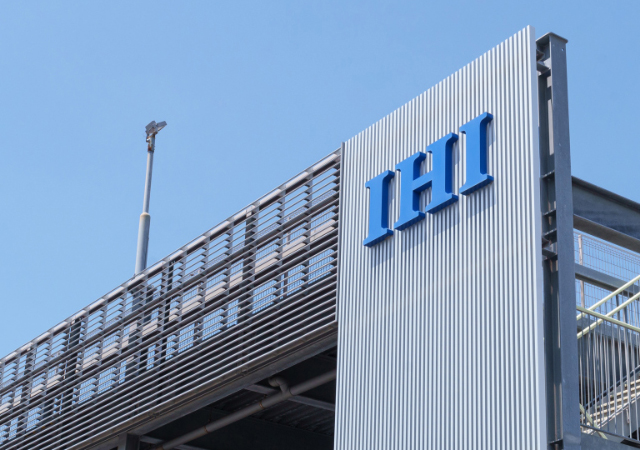

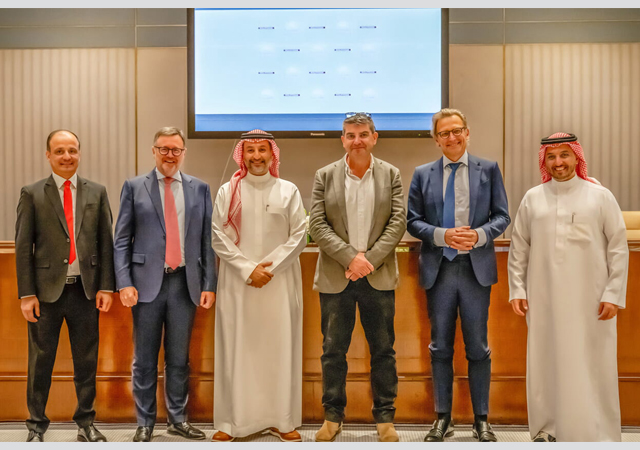
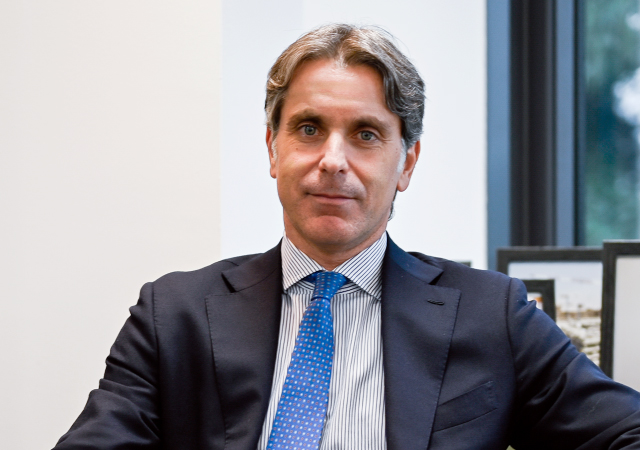
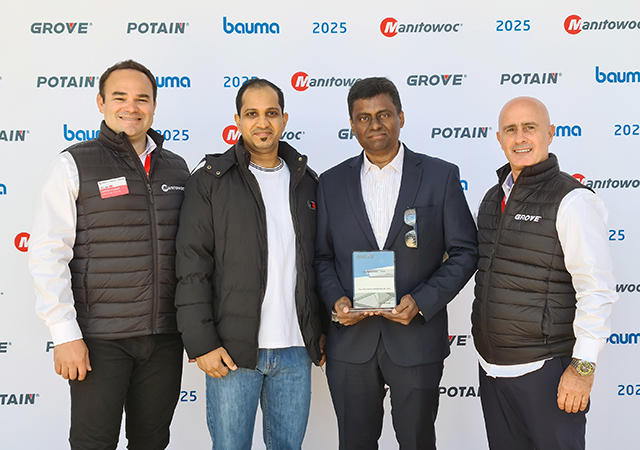
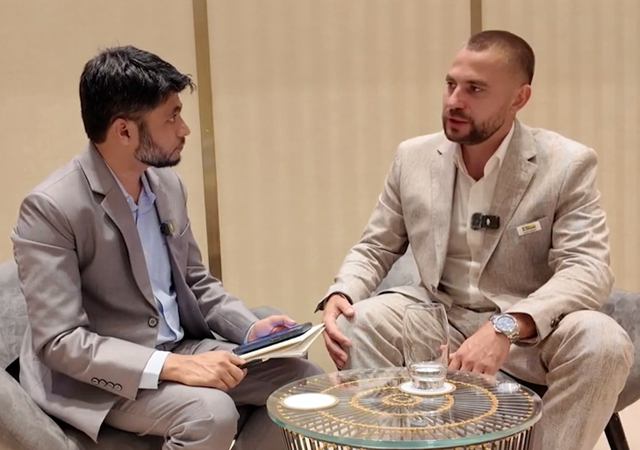
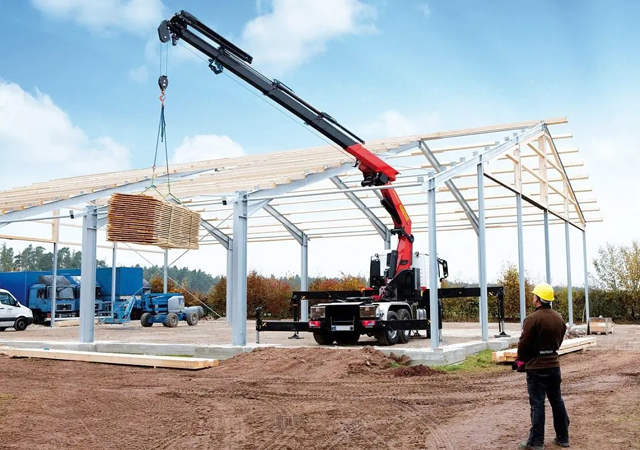
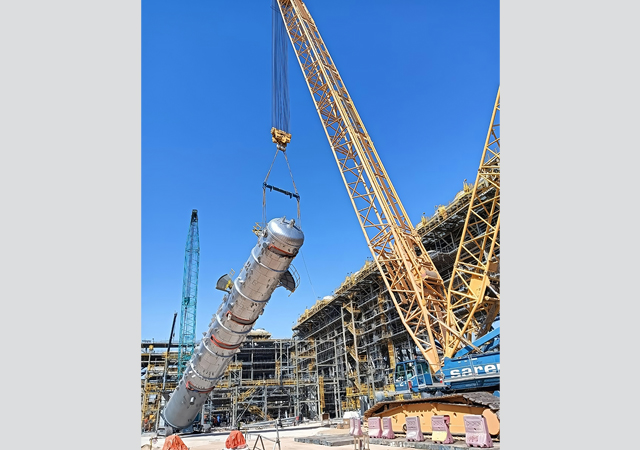
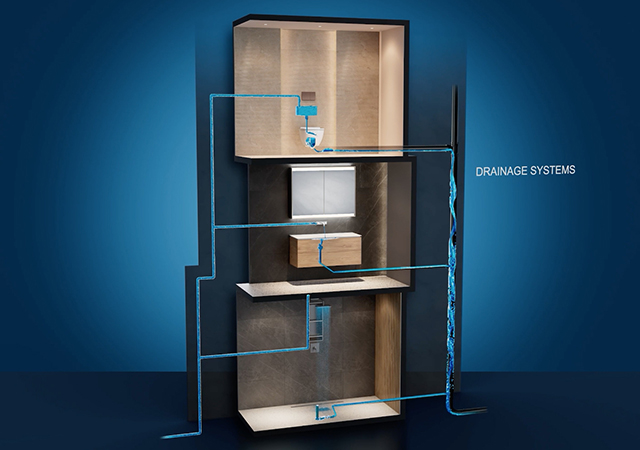
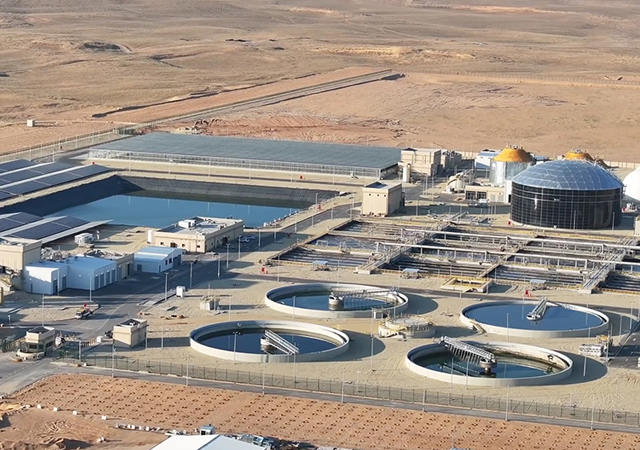

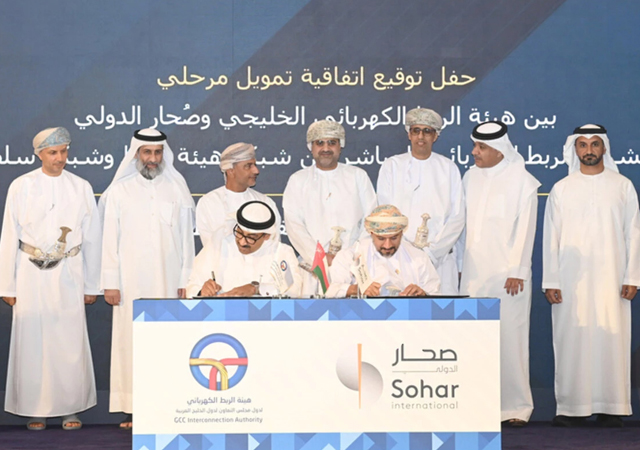

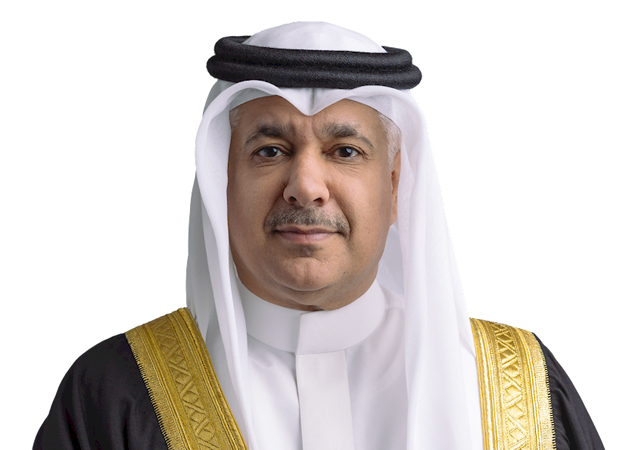
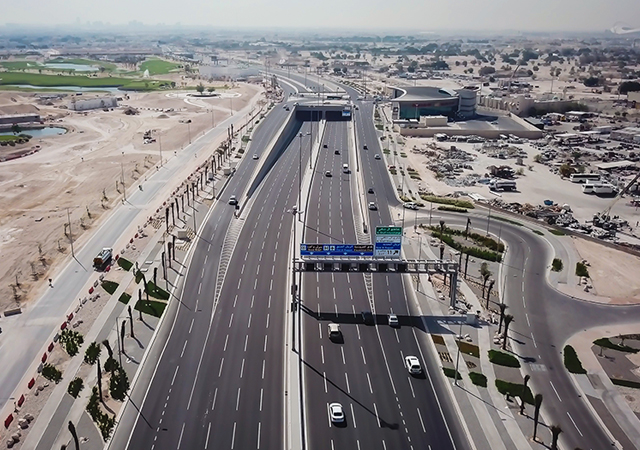


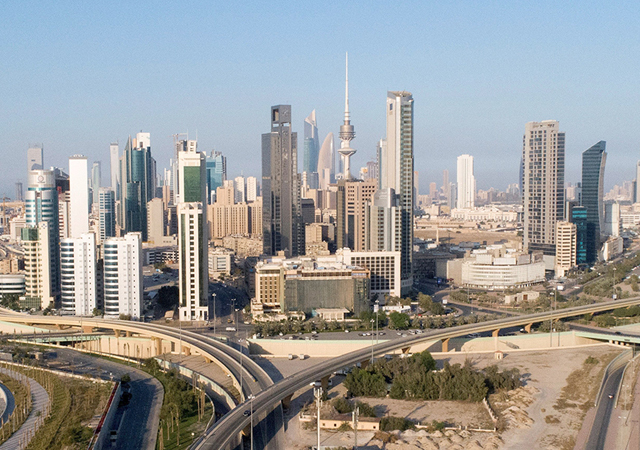

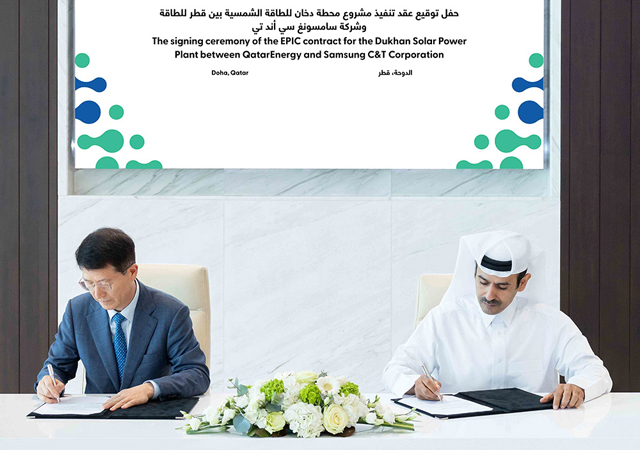
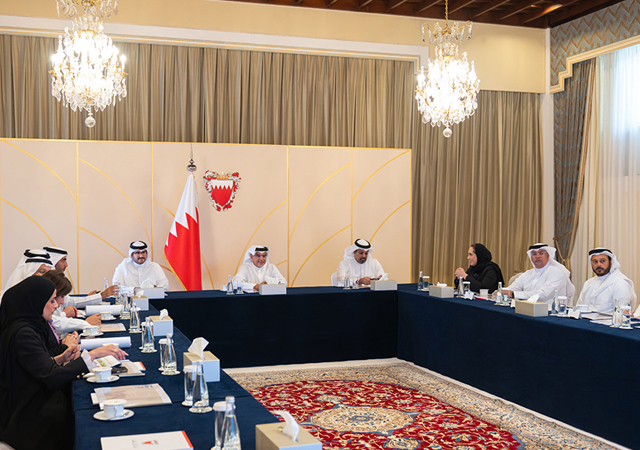


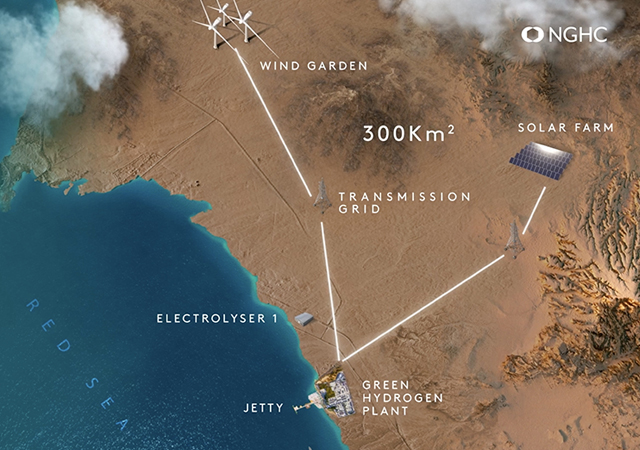
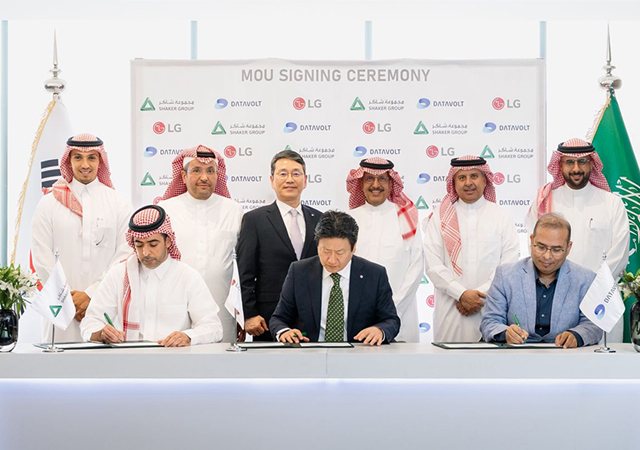
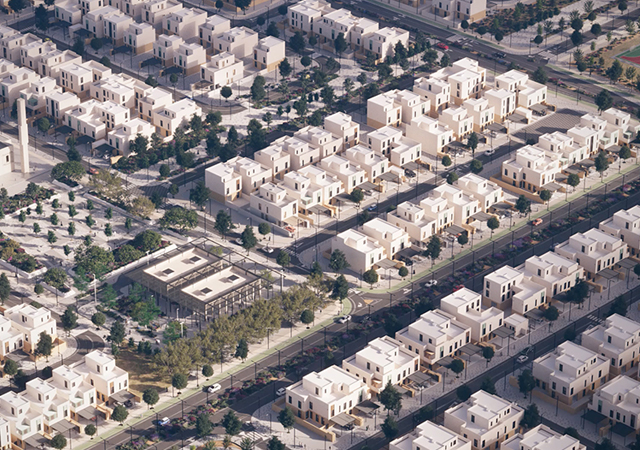
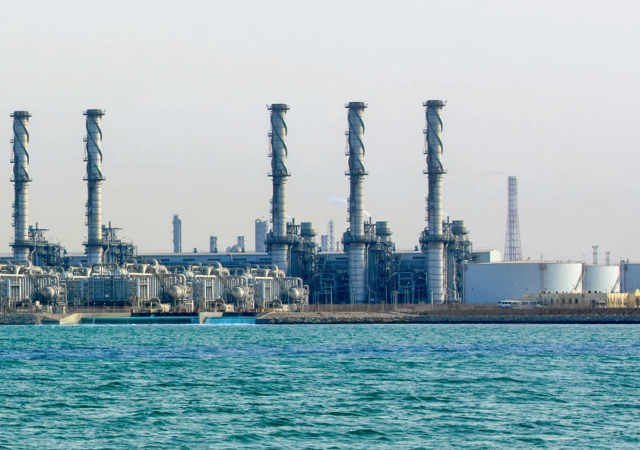
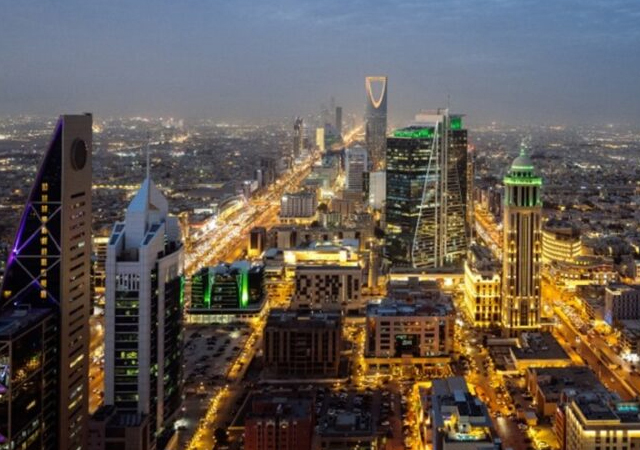
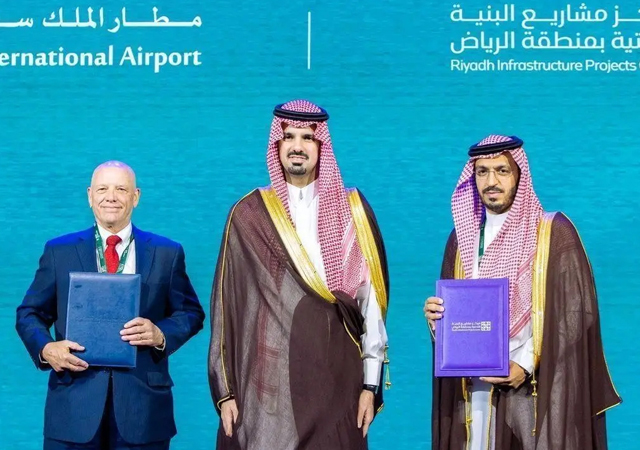

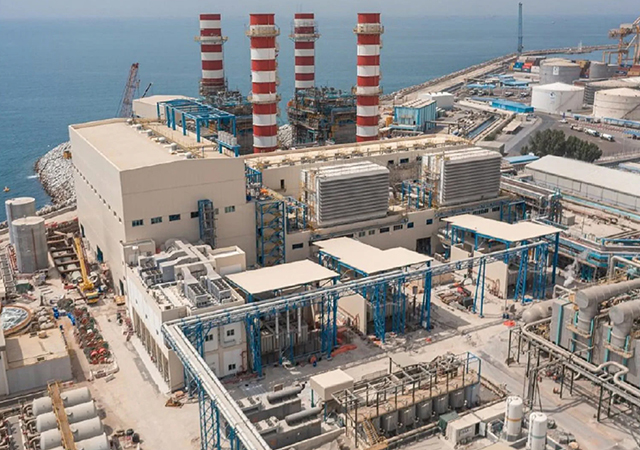


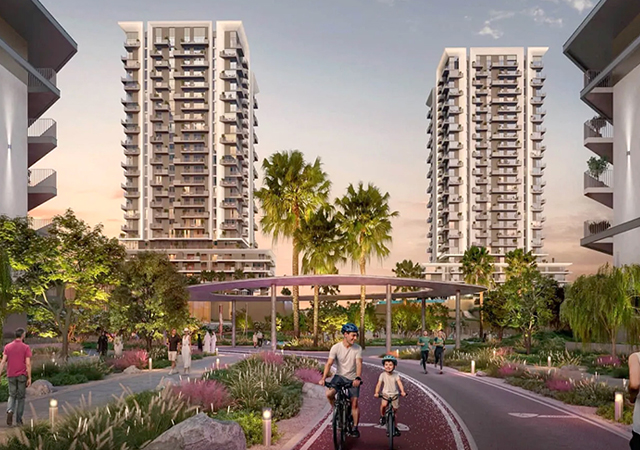
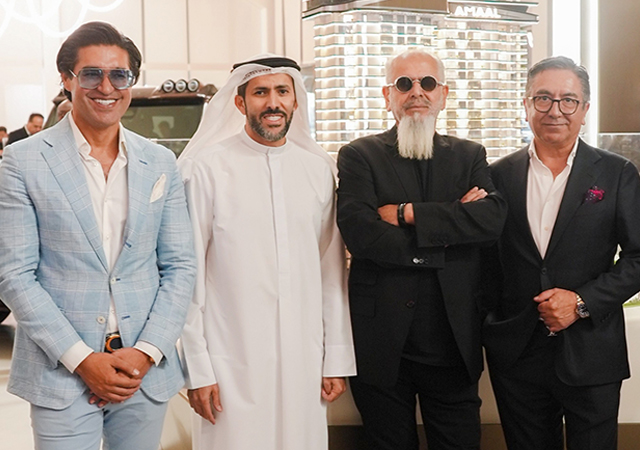
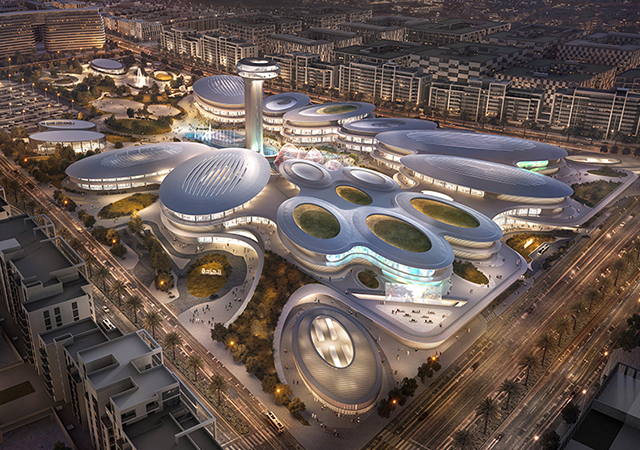

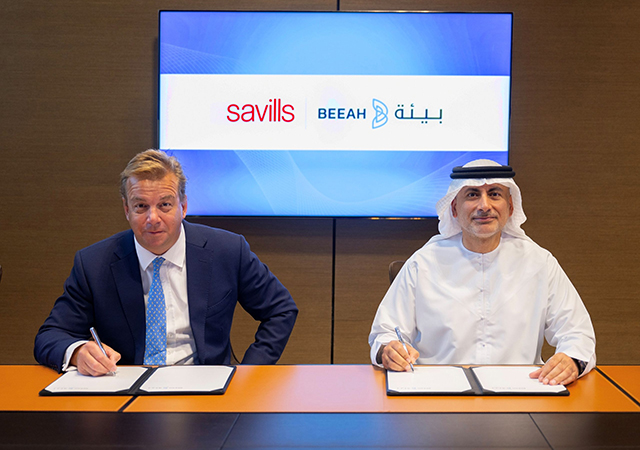

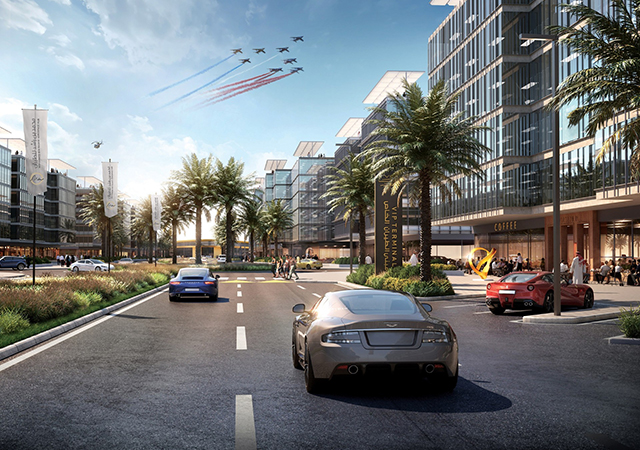

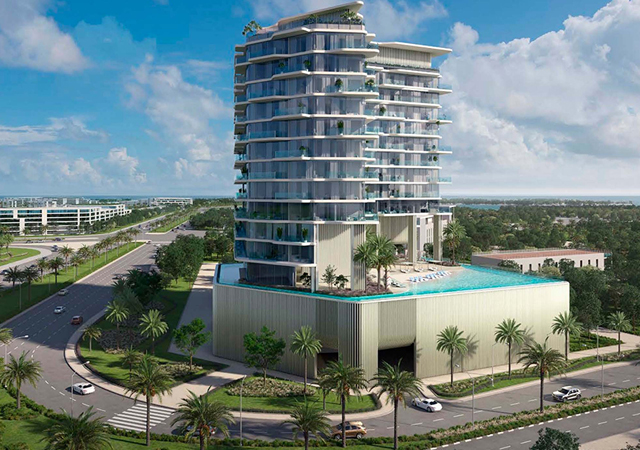

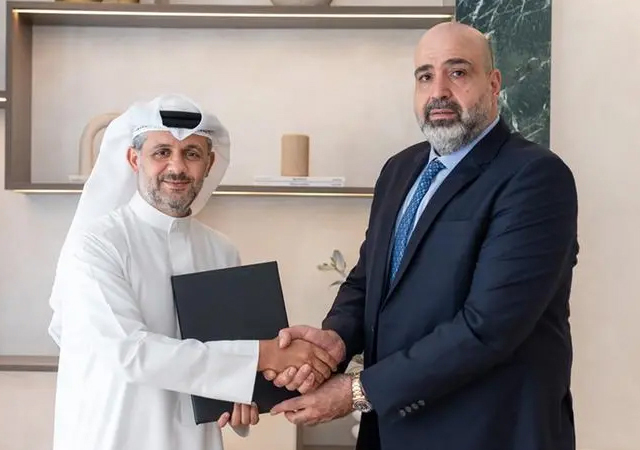
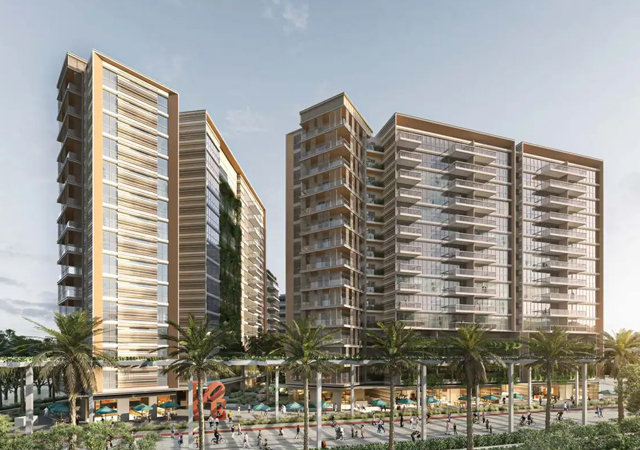

.jpg)
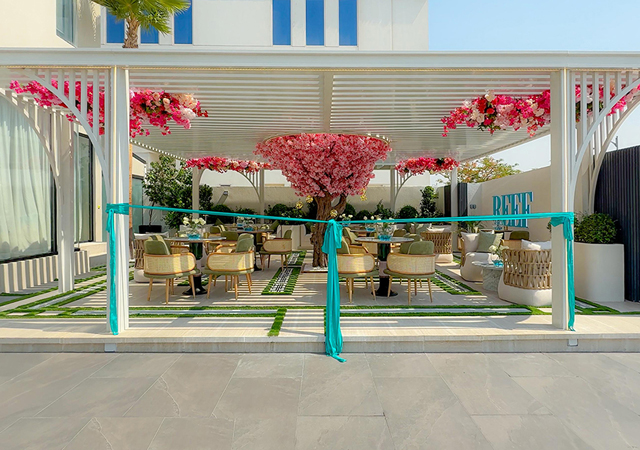
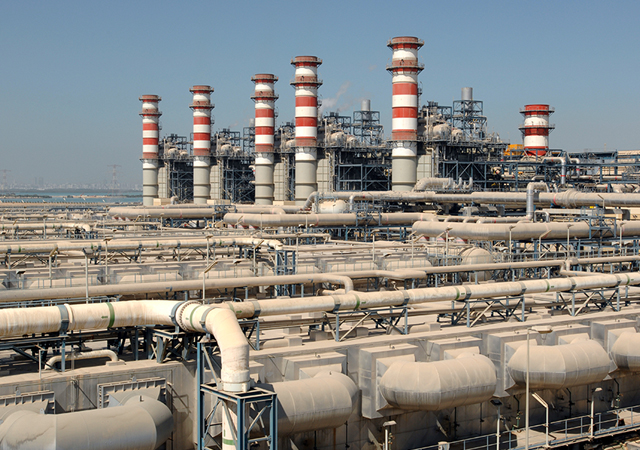

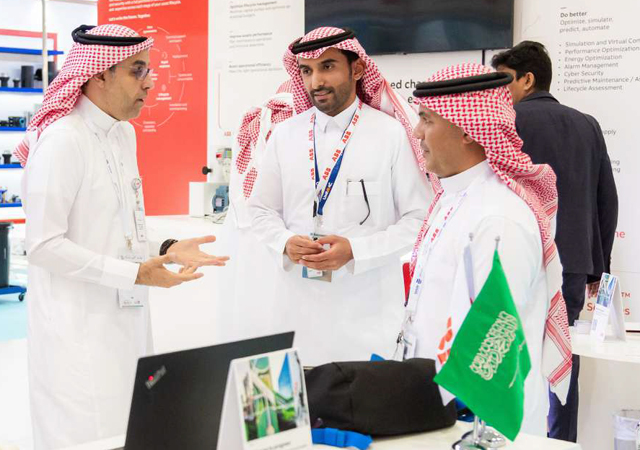
.jpg)
